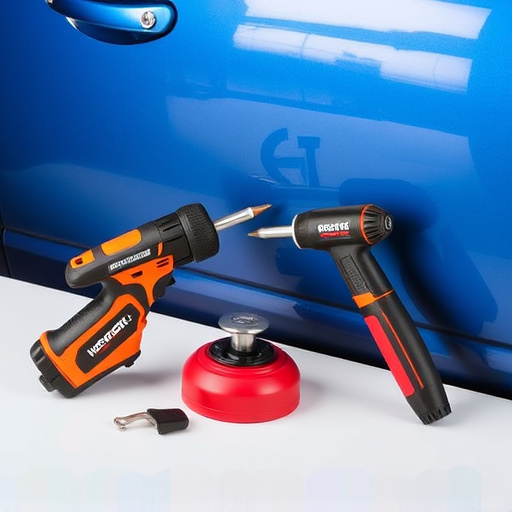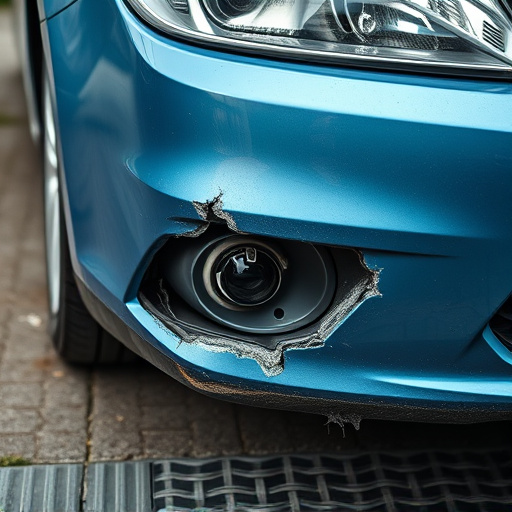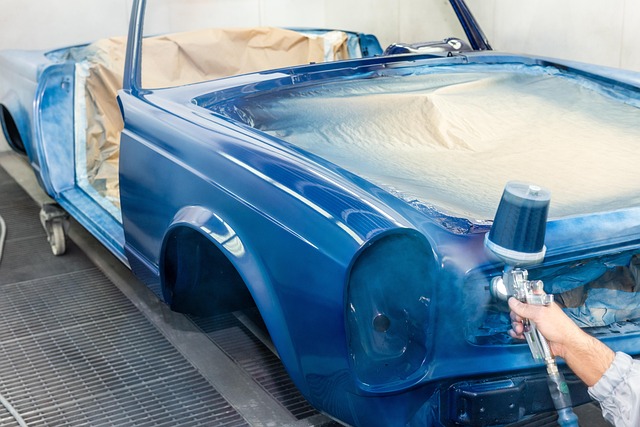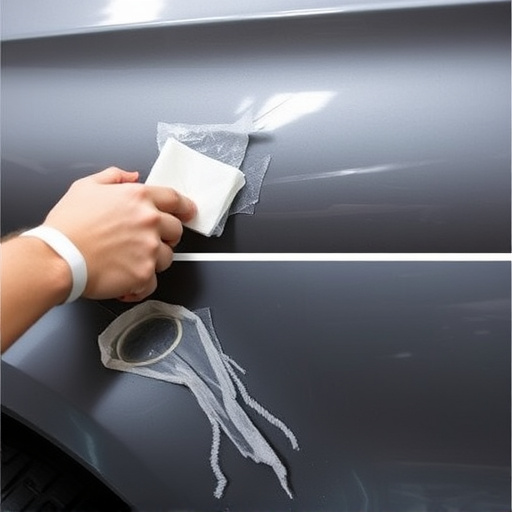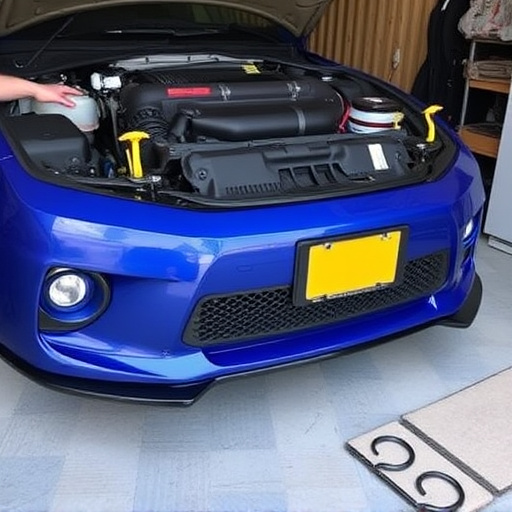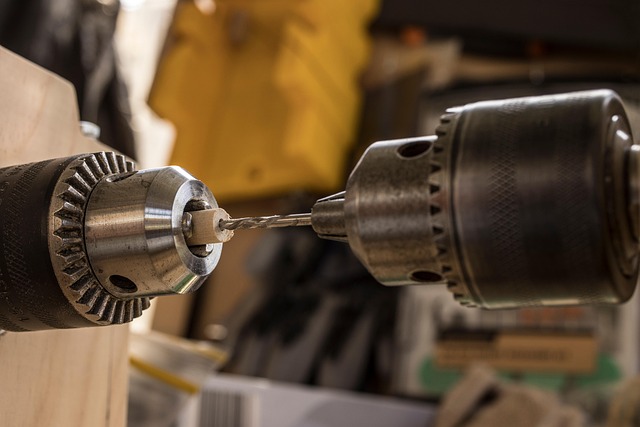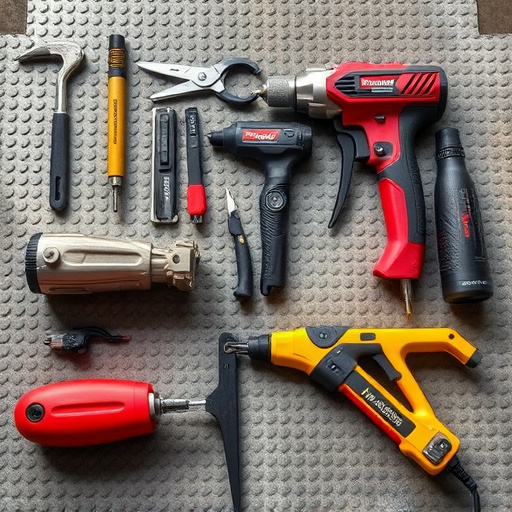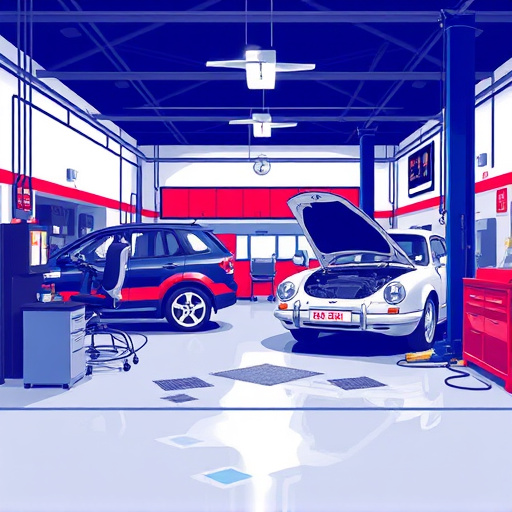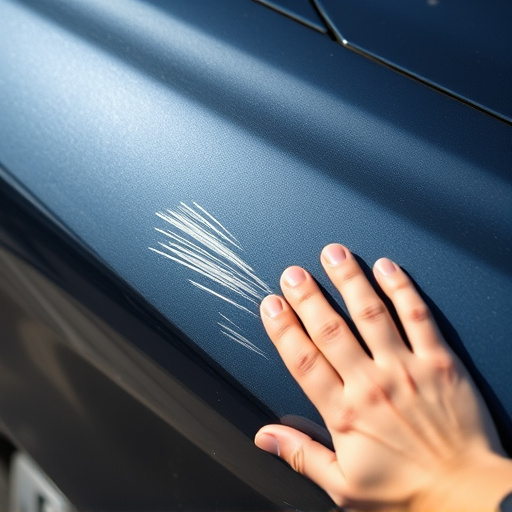Sedan collision repair involves critical steps: professionals use advanced tools to assess both visible and hidden damages, utilizing 3D measuring systems and CAD software for precise repairs. Advanced technologies like automated frame straightening and pre-cut panels streamline processes, reducing costs and turnaround times. Quality assurance, including thorough inspections by skilled technicians, ensures structural integrity, minimizes recurring repairs, and extends long-term savings.
Sedan collision repair is a complex yet critical process that can significantly impact overall vehicle costs. By understanding the intricacies of damage assessment, implementing efficient repair processes, and maintaining stringent quality assurance standards, repair shops can reduce expenses for both customers and themselves. This article explores these key areas, providing insights into how sedan collision repair techniques not only restore vehicles to their pre-accident condition but also optimize financial outcomes.
- Understanding Sedan Collision Damage Assessment
- Efficient Repair Processes: Time and Cost Savings
- Quality Assurance: Minimizing Long-Term Expenses
Understanding Sedan Collision Damage Assessment
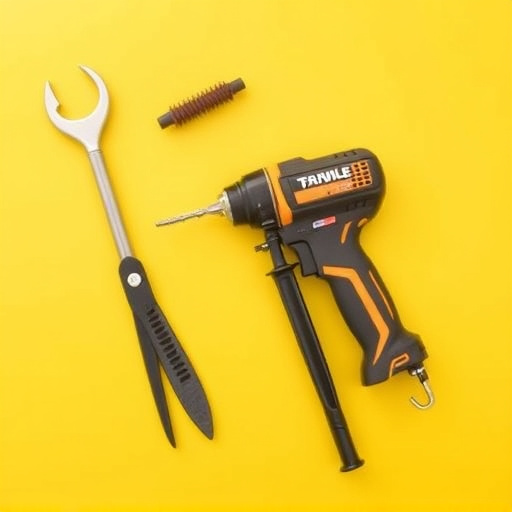
When a sedan is involved in a collision, assessing the damage is the first step in the repair process. This involves a thorough inspection by trained professionals who identify both visible and hidden damages. Advanced diagnostic tools are employed to detect any structural issues or internal damage that could impact safety and performance. Sedan collision repair centers use specialized equipment like 3D measuring systems and computer-aided design (CAD) software to create precise estimates and plans for auto body repairs, ensuring every component is accounted for.
Understanding the extent of the damage is crucial in minimizing repair costs. While initial observations might suggest minimal car dent repair is needed, further investigation often reveals hidden issues. For instance, a seemingly minor fender bender could result in misaligned panels or compromised structural integrity that requires more extensive auto collision center services. Therefore, a comprehensive assessment by experts is vital to avoid unnecessary repairs and ensure cost-effective sedan collision repair.
Efficient Repair Processes: Time and Cost Savings
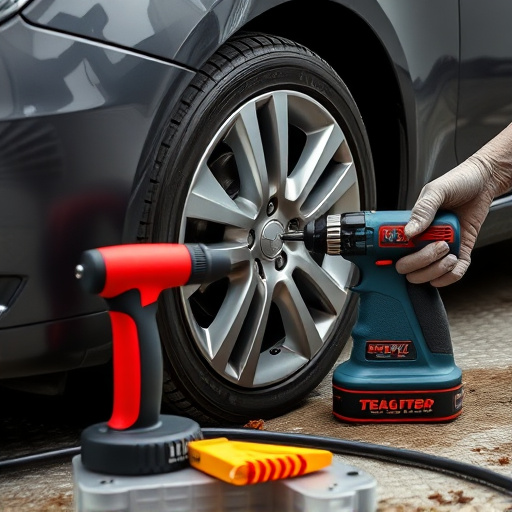
Sedan collision repair experts employ streamlined processes that significantly reduce both time and costs associated with auto body repairs. By leveraging advanced technologies and specialized equipment, these professionals can efficiently assess damage, perform precise frame straightening, and execute intricate panel replacements. This not only ensures superior structural integrity but also minimizes material waste, further contributing to cost savings.
Efficient repair processes involve systematic procedures that optimize labor and resource utilization. Automated systems for frame straightening, for instance, offer unprecedented accuracy and speed compared to manual methods. Additionally, pre-cut and pre-formed panels reduce the time spent on cutting and fitting, allowing technicians to focus on more complex tasks. This, in turn, translates into quicker turnaround times and lower overall repair costs for sedan collision victims.
Quality Assurance: Minimizing Long-Term Expenses
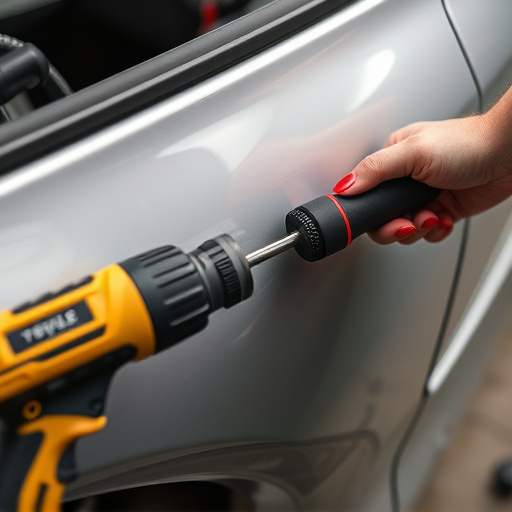
Quality assurance plays a pivotal role in sedan collision repair, acting as a shield against future expenses. Skilled technicians meticulously inspect every aspect of the vehicle, ensuring precise and accurate repairs that match the manufacturer’s standards. This meticulous approach not only guarantees the car’s structural integrity but also prevents costly misalignments or paint imperfections that could arise from subpar work.
By implementing rigorous quality control measures, collision repair shops can minimize the need for recurring fixes. This proactive strategy extends beyond visible repairs like bumper restoration (a common part of sedan collision repair) and car paint services to underlying components, ensuring the vehicle returns to its optimal condition. Ultimately, prioritizing quality assurance upfront translates into significant long-term savings for both the owner and the repair shop.
Sedan collision repair, when executed efficiently, can significantly reduce repair costs for both vehicle owners and repair shops. By understanding damage assessment, implementing streamlined repair processes, and maintaining quality assurance, the overall expense of fixing a damaged sedan is minimized. These strategies not only save money but also ensure vehicles return to the road safely and in top condition, making it a smart approach for anyone involved in sedan collision repair.

